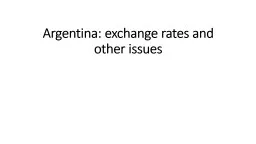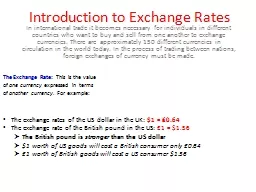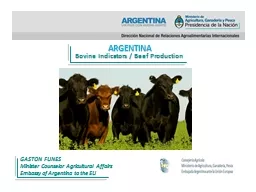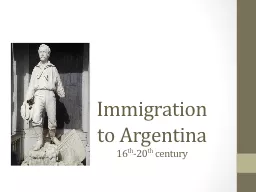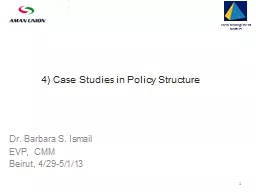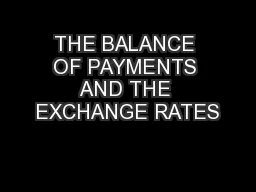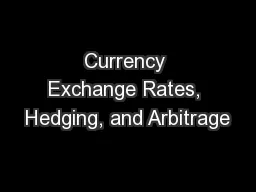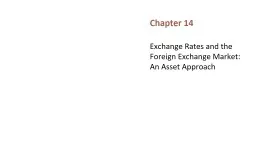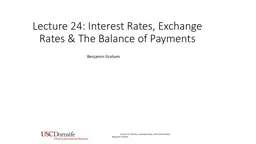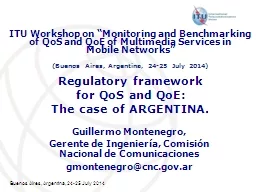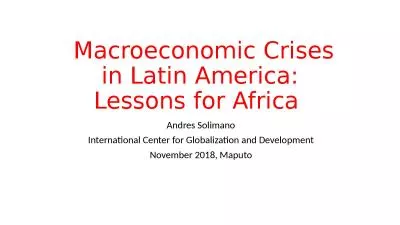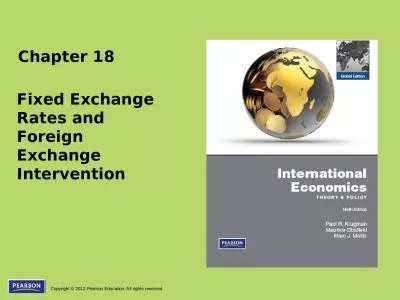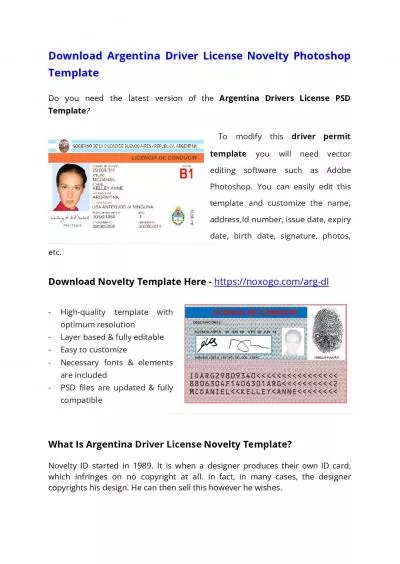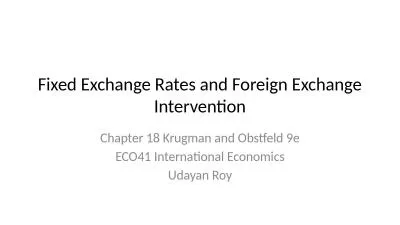PPT-Argentina: exchange rates and other issues
Author : desiron | Published Date : 2020-10-22
Two Episodes Currency Board and 2001 Crisis Sturzeneger talk Feentra Taylor other Cepo and Normalization of Jan 2016 MM Blog other Some definitions Nominal
Presentation Embed Code
Download Presentation
Download Presentation The PPT/PDF document "Argentina: exchange rates and other issu..." is the property of its rightful owner. Permission is granted to download and print the materials on this website for personal, non-commercial use only, and to display it on your personal computer provided you do not modify the materials and that you retain all copyright notices contained in the materials. By downloading content from our website, you accept the terms of this agreement.
Argentina: exchange rates and other issues: Transcript
Download Rules Of Document
"Argentina: exchange rates and other issues"The content belongs to its owner. You may download and print it for personal use, without modification, and keep all copyright notices. By downloading, you agree to these terms.
Related Documents

